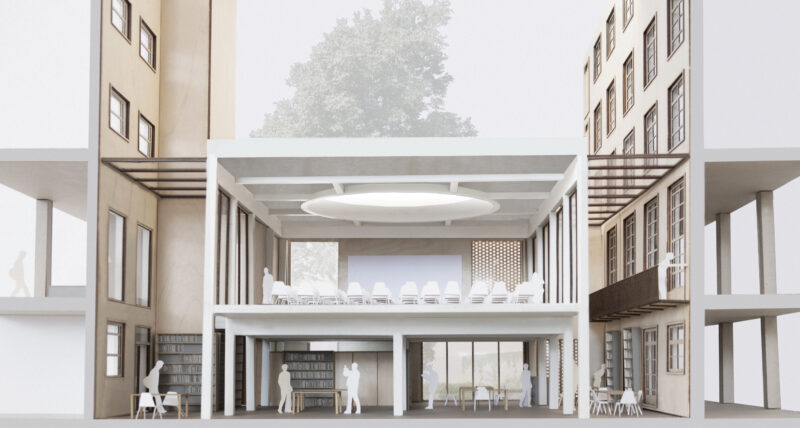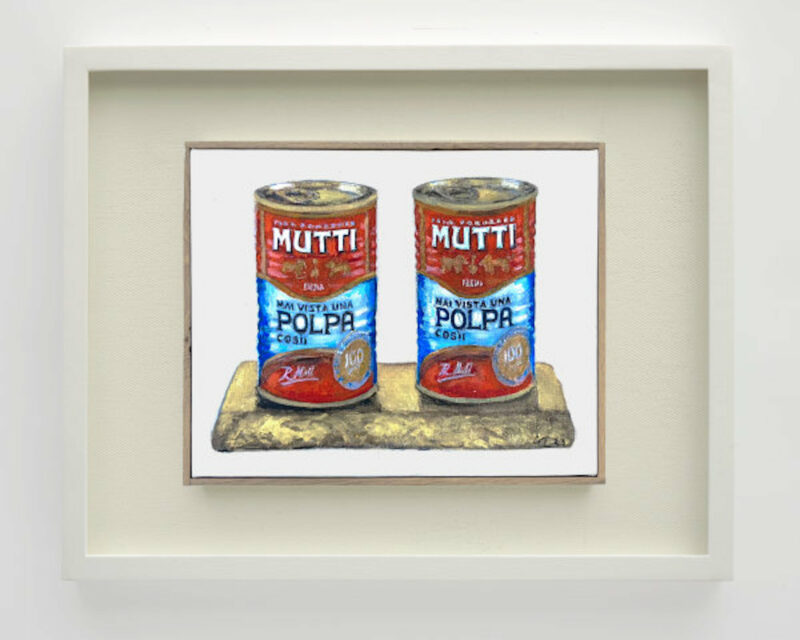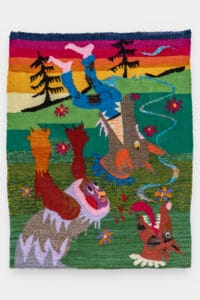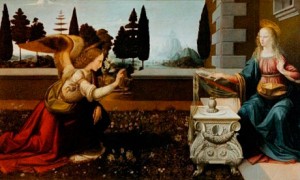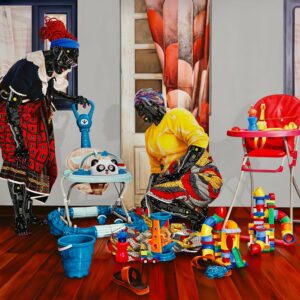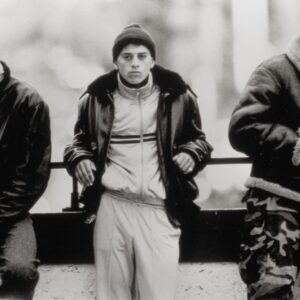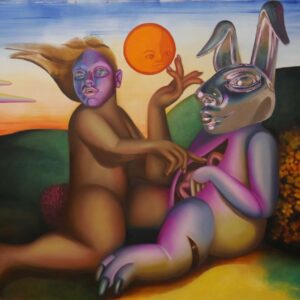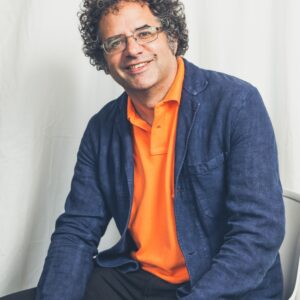Saturday 25th OCT 12 – 9 PM 9 GROSVENOR PLACE LONDON SW1X 7SH
House of the Nobleman is presenting a solo exhibition of the work of contemporary British artist Wolfe von Lenkiewicz at 9 Grosvenor Place closing this Saturday 25th October.
The art of Wolfe von Lenkiewicz may be understood as a solemn exercise in algebra. Writing in the 11th century, the Islamic polymath Omar Khayyam described the process of algebra as ‘the reunion of broken parts’, and it is this conception of mathematics that most closely reflects the artist’s painting practice.
?
An algebraic equation makes use of the abstractions of ‘x’ and ‘y’ to signify the variables of a formula. In the practice of Wolfe von Lenkiewicz the icons of Art History replace the formula, and his works seek out the visual or latent motifs that might take the place of ‘x’ and ‘y’.
Just as 8 can be factored into 1 x 8 or 2 x 4, so can a more complicated idea like the work of Leonardo da Vinci be broken down into numerous possible equations, such as the influence of his master Verrocchio multiplied by the symmetry of Piero della Francesca, as well as the influence of the Catholic church, scientific discoveries and a myriad of other potential variables that have each contributed to the final whole.
The factor is an equivalent of the original, an ‘un-multiplied’ version of the number. Lenkiewicz is exploring the notion that it is possible to un-multiply an artwork, to whittle an aesthetic object down to its essential prime numbers.
This suggests that a mathematical logic underlies all human creation, and com- prises a sincere philosophical investigation on the part of the artist. Particularly ???????????????????relevant are the works of Gottlob Frege and Bertrand Russell in the 19th and early 20th centuries, as well as the developments made in Wittgenstein’s Tracta- tus Logic Philisophicus and later works.
The question, then, becomes what it is that might constitute the ‘prime number’ of an artwork. For Wittgenstein, the proposition is that the prime foundation of a language is that which can only be shown, in and of itself, without the potential for further description. Lenkiewicz has applied this idea to the sphere of art. Ultimately, however, the factor tree for an artwork is endless, with countless possible combinations of factors producing ever-new equations.The exhibition ‘Algebra’ outlines a few of the possible combinations.
The age of the Renaissance has been chosen as a platform for experimentation because it too was attempting to ground the making of art in a mathematical a and aesthetically programmable formula. Lenkiewicz has rendered his works with a careful craftsmanship that seeks to replicate the original conditions and painting practices of artists in the Renaissance.
With this in mind, the works that result are, in a sense, works that could have been made in the 16th century, formulas that are made up of the same factors. In this way the way the work of Wolfe von Lenkiewicz questions the notions of resolution and finish, while maintaining the utmost respect for the work of his forebears.
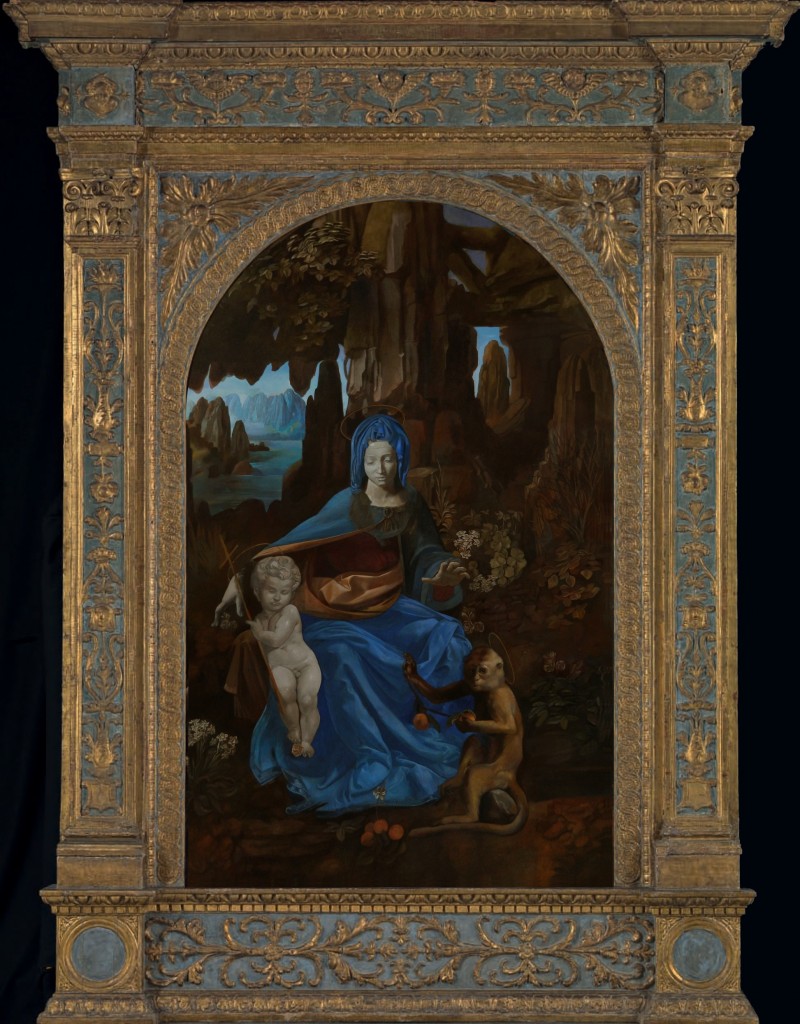
Open this Saturday 25th October, 12 – 9 pm,
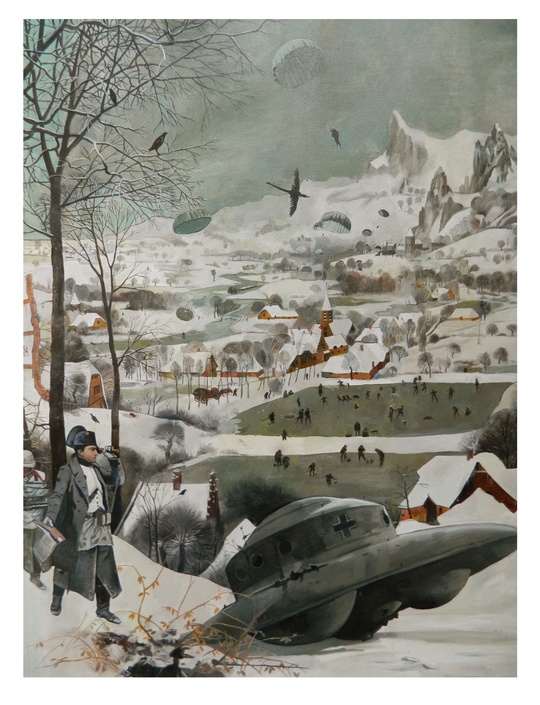
VON LENKIEWICZ, WOLFE, The Hunters in the snow,
House of the Nobleman organizes and produces events that revitalize and create new possibilities for architectural landmarks, residential properties and commercial spaces. With different locations selected each year, House of the Nobleman creates unique and high-impact art events across the globe, and is credited for curating some of the largest and most significant privately sponsored commercial art exhibitions during the London Frieze Art Fair, exhibiting rare and previously unseen works from the most prestigious international collections alongside work by today’s most notable artists and designers.
WOLFE VON LENKIEWICZ
Wolfe von Lenkiewicz (wborn in 1966), is a British artist based in London. He is known for his artistic reconfigurations of well-known imageries from art history
???????????????????and visual culture to create ambiguous compositions that question art historical discourses. He lives and works in London.
Lenkiewicz’ chief artistic concern is our use of language and its re-interpretation in the form of the visual arts. His art historical intervention demonstrates our own complacency in art towards famous images, namely those highly learnt visual compositions of art history. Our knowledge of them has become so much sec- ond nature that we take them for granted. It is not until they are re-arranged or disturbed that we realise how much confidence we place in them. Oscillating between painting, drawing and sculpture, the provocative nature of his work demonstrates the infinite possibilities that exist within the images of our time.
The history of art can be understood as compromising of changes from one mode of visual representation to another. Lenkiewicz simulates the formal structures of drawing and painting by his flawless rendering imbued with a Humanist and Renaissance feel and understanding of iconography however the difference is the highly contemporary and extreme nature of his work. A closer look reveals the familiar being affronted by an inherently subversive or anachronistic element introduced by the artist. This method is not unlike grafting, hacking or an act of bio-terrorism and suggests the often deplored phenomenon of contamination of the “true culture” by the one called “sub-culture”.
On this supposition, the artist seems to designate the destruction of classic cul- ture under the influence of a trivialisation of the world. But we can, conversely, see in it the translation of the idea of the successful cohabitation of different cultures coming from almost opposing universes. This work in the form of a wink of an eye would prove in this way that “subculture” grafts very well onto the most classic representations. The cross of the references lead to interesting and new hybridisation processes that result in a dynamic discourse. Lenkiewicz’s ironic discourse is pushed to the limit and it is not known if his treatment of a theme is about a condemnation of the mixing or a praise of the cultural cross-fertilisation. On the one hand the artist with his high technical ability achieves the effect of seductively drawing in and transfixing the viewer. This can be witnessed by his transcriptions seemingly made with reverence, never mocking or parodying his subjects. Lenkiewicz instead gives a forgotten or misunderstood language, icon or historical event a free ride into the modern world vernacular, liberating as it were from the shackles of history into a new universe of meaning.
Lenkiewicz is known for his controversial approach to raising critical questions about art and exploring what it means to be a contemporary artist in the 21st century.
